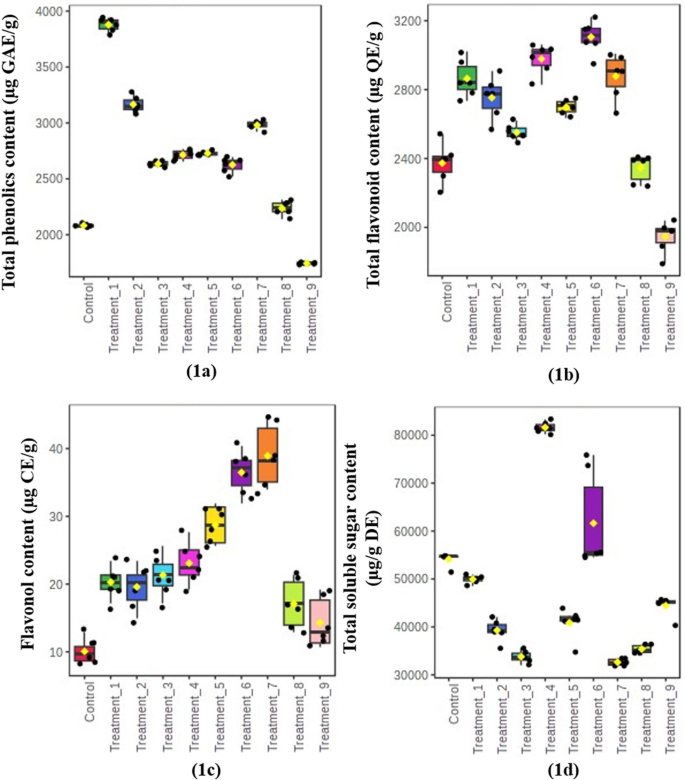Researchers have discovered that careful use of microwaves can unlock the hidden potential of rice bran, a nutrient-rich byproduct of rice processing. By optimizing the microwave power and duration, they were able to enhance the beneficial phytochemicals, antioxidants, and overall metabolite profile of de-oiled rice bran. This finding could have far-reaching implications for the feed, agriculture, and food processing industries, as they work to leverage this versatile and cost-effective ingredient. Rice and rice bran are staple foods and feed ingredients around the world.

Unlocking the Nutritional Treasure of Rice Bran
De-oiled rice bran (DORB) is a valuable by-product of rice processing, rich in essential nutrients like protein, fiber, vitamins, and minerals. It is a widely used and cost-effective ingredient in animal feed, contributing to sustainable agriculture and livestock nutrition. However, DORB also contains beneficial phytochemicals and antioxidants that could provide additional health benefits.
Researchers from Banaras Hindu University in India set out to explore how microwave treatment could be used to optimize the nutritional profile of DORB. They subjected the bran to various microwave power and duration combinations, then analyzed the changes in phytochemicals, antioxidants, anti-nutritional factors, and the overall metabolite composition.
Enhancing Phytochemicals and Antioxidants through Microwaves
The study found that shorter microwave exposures, such as 300 watts for 3 minutes, were the most effective in enhancing the levels of beneficial compounds. This treatment significantly increased the total phenolic content, total flavonoid content, and flavonol content compared to untreated DORB.
The antioxidant activity, as measured by DPPH and ABTS radical scavenging, total antioxidant capacity, ferric reducing ability, and metal chelating ability, was also markedly improved in the optimally microwaved samples. This suggests that microwave processing can help release and preserve the potent antioxidant compounds present in rice bran.
Reducing Anti-Nutritional Factors
In addition to boosting the beneficial compounds, the researchers also found that microwave treatment helped reduce some of the anti-nutritional factors (ANFs) present in DORB. ANFs are compounds that can interfere with nutrient absorption and utilization, limiting the nutritional value of feed ingredients.
The study showed that specific microwave power and duration combinations were effective in decreasing the levels of condensed tannins, oxalates, and phytates – three key ANFs in rice bran. This is an important finding, as it suggests that microwave processing could help make DORB a more viable and nutritious feed ingredient.

Unraveling the Metabolite Profile
To gain a comprehensive understanding of the changes induced by microwave treatment, the researchers conducted a detailed metabolomic analysis using liquid chromatography-high resolution mass spectrometry (LC-HRMS). This powerful analytical technique allowed them to identify and quantify a wide range of primary and secondary metabolites in the DORB samples.
The results revealed that the 300 watts for 3 minutes treatment produced the most diverse and upregulated metabolite profile, aligning with the findings on phytochemicals and antioxidants. Significantly, the overall levels of phenolics, flavonoids, vitamins, sugars, amino acids, and other key nutrient classes were well-maintained or even enhanced in the optimally microwaved DORB.
Implications and Future Potential
The findings of this study demonstrate the potential of microwave technology to unlock the nutritional value of rice bran. By carefully optimizing the microwave parameters, researchers were able to:
– Boost the levels of beneficial phytochemicals and antioxidants
– Reduce the presence of anti-nutritional factors
– Maintain or improve the overall metabolite profile, including essential nutrients
These insights could have far-reaching implications for the feed manufacturing, agriculture, and food processing sectors. By leveraging the power of microwaves, stakeholders can transform rice bran into a more nutritious and valuable commodity, contributing to sustainable and efficient resource utilization.
As the global demand for nutritious and cost-effective feed and food ingredients continues to grow, innovations like this could play a crucial role in meeting those needs. Further research and in-vivo studies will help solidify the practical applications of this technology, paving the way for a more sustainable and nutritious future.
Author credit: This article is based on research by Alonkrita Chowdhury, Alla Yaswanth Naveen Kumar, Rajesh Kumar, Vivek Kumar Maurya, M. S. Mahesh, Abhishek Kumar Singh, Pavan Kumar Yadav, Mayukh Ghosh.
For More Related Articles Click Here
